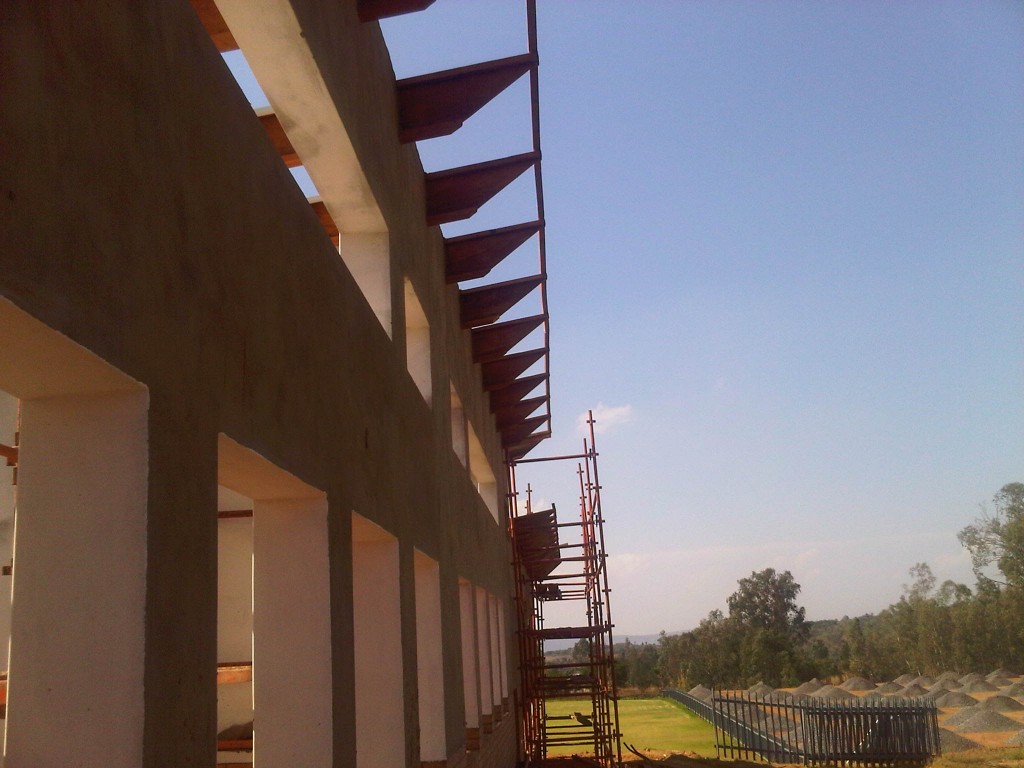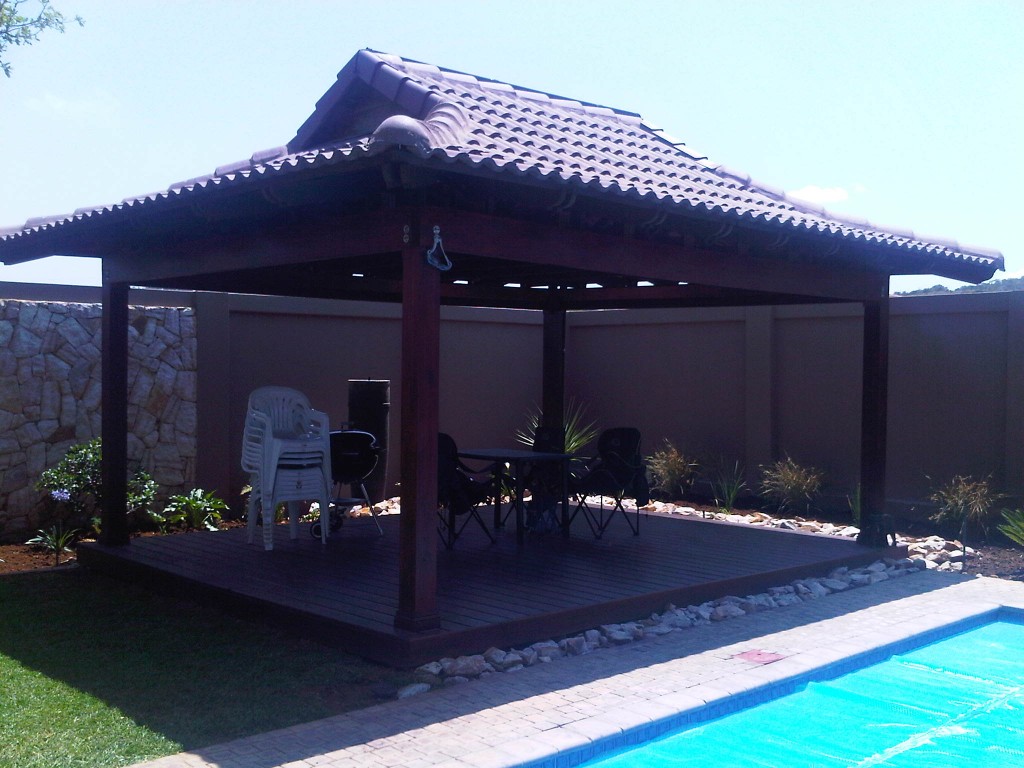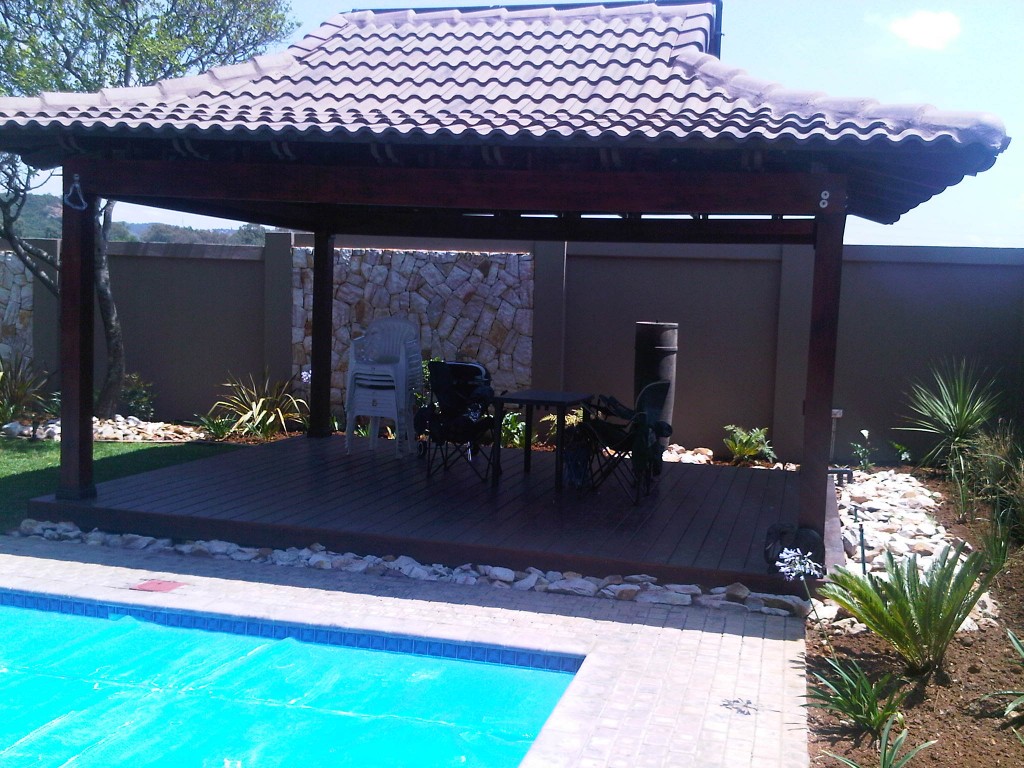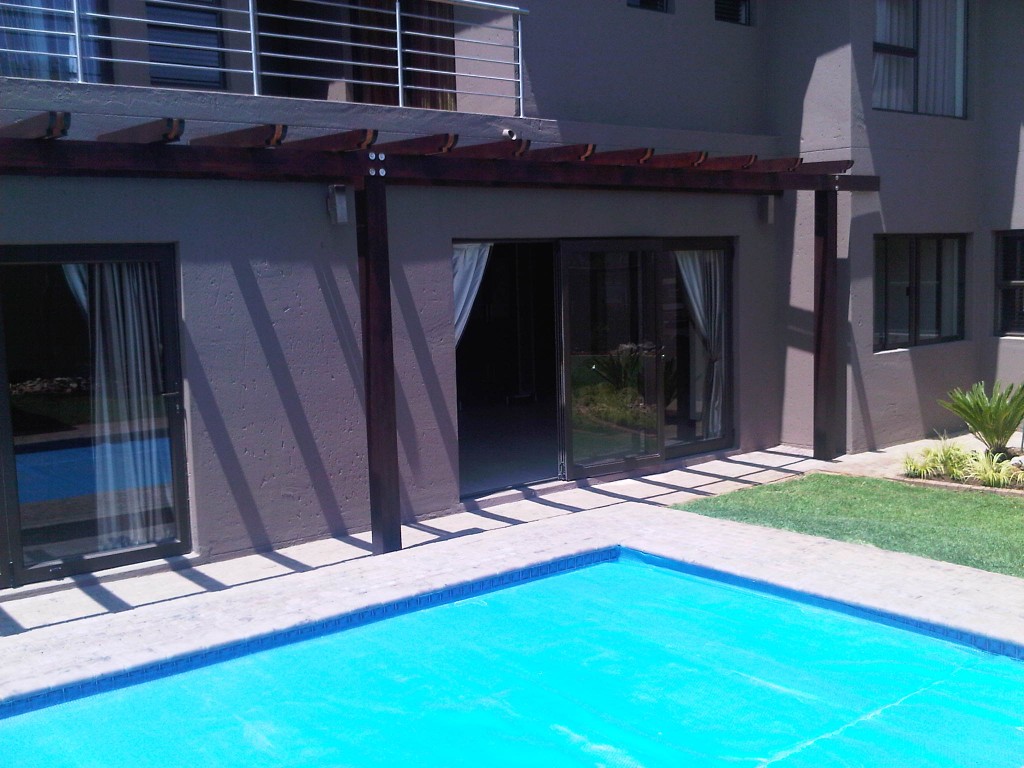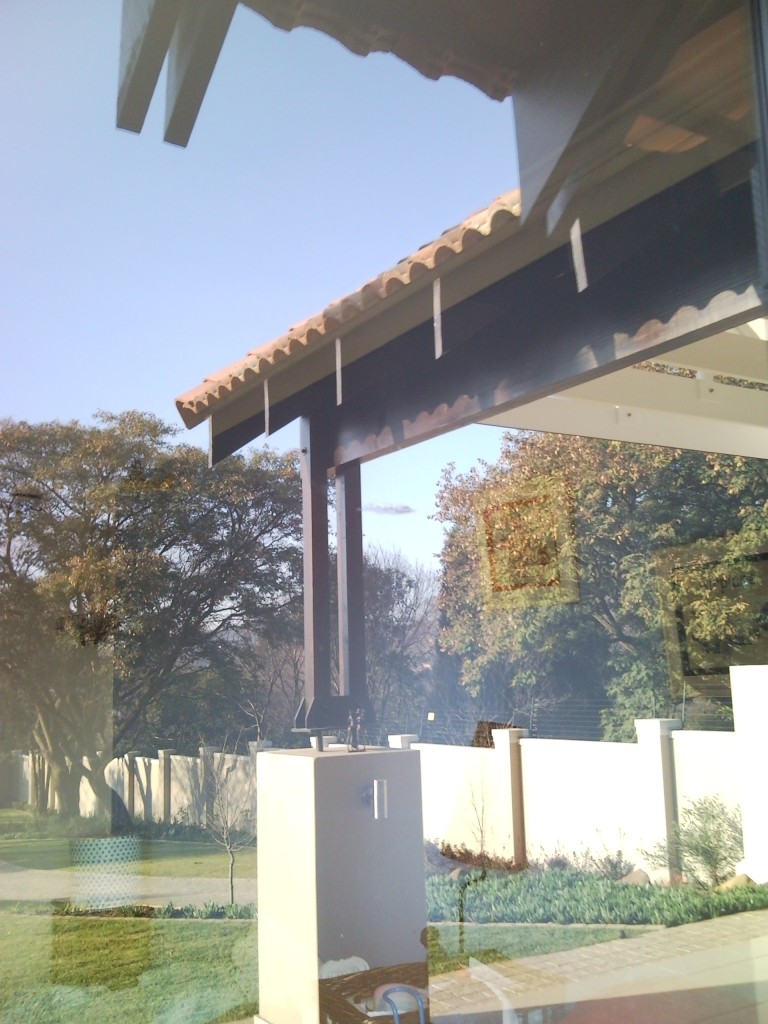Laminate Beams & Pergolas
Laminated Beams
Glued laminated timber, also called Glulam, is a type of structural timber product comprising a number of layers of dimensioned timber bonded together with durable, moisture-resistant structural adhesives. By laminating a number of smaller pieces of timber, a single large, strong, structural member is manufactured from smaller pieces. These structural members are used as vertical columns or horizontal beams, as well as curved, arched shapes. Glulam is readily produced in curved shapes and it is available in a range of species and appearance characteristics to meet varied end-use requirements.
Glulam has much lower embodied energy than reinforced concrete and steel, although of course it does entail more embodied energy than solid timber. However, the laminating process allows timber to be used for much longer spans, heavier loads, and complex shapes. Glulam is two-thirds the weight of steel and one sixth the weight of concrete – the embodied energy to produce it is six times less than the same suitable strength of steel.[3] Glulam can be manufactured to a variety of straight and curved configurations so it offers architects artistic freedom without sacrificing structural requirements.[4] Wood has a greater tensile strength relative to steel – two times on a strength-to-weight basis – and has a greater compressive resistance strength than concrete.[5] The high strength and stiffness of laminated timbers enable glulam beams and arches to span large distances without intermediate columns, allowing more design flexibility than with traditional timber construction. The size is limited only by transportation and handling
Pergolas
A pergola, arbor or arbour is a garden feature forming a shaded walkway, passageway or sitting area of vertical posts or pillars that usually support cross-beams and a sturdy open lattice, often upon which woody vines are trained. As a type of gazebo, it may also be an extension of a building, or serve as protection for an open terrace or a link between pavilions.
Pergolas may link pavilions or extend from a building’s door to an open garden feature such as an isolated terrace or pool. Freestanding pergolas, those not attached to a home or other structure, provide a sitting area that allows for breeze and light sun, but offers protection from the harsh glare of direct sunlight. Pergolas also give climbing plants a structure on which to grow.[4]




